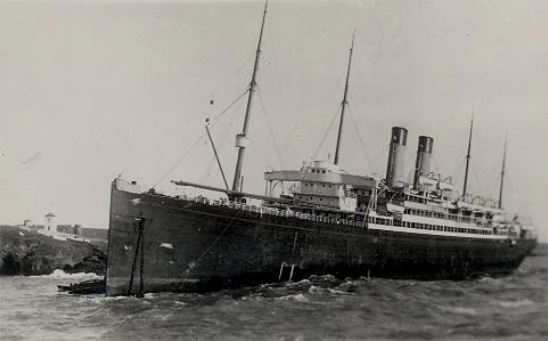SS Celtic
From Our Contribution
Remarks
Built for the White Star Line and used on the trans Atlantic route before being converted into a troop ship in January 1916 when she was used to carry soldiers to Egypt. She returned to the transatlantic route in March 1916. In 1917, Celtic struck a mine off the Isle of Man. Seventeen people on board were killed, but the Celtic survived. A number of passengers were rescued by the London and North Western Railway ship Slieve Bawn. Celtic was towed to Peel Bay and repaired in Belfast. In March 1918, U-Boat UB-77 torpedoed Celtic in the Irish Sea. Six people on board were killed, but again Celtic remained afloat. Eventually the damaged vessel was towed to Liverpool and repaired again.
Returned to peacetime activity, she was to be involved in two collisions with other ships, in 1925 she accidentally rammed Hampshire Coast in the Mersey and on 29 Jan 1927, in thick fog she was rammed by Anaconda off Fire Island. On 10 Dec 1928 she became stranded on the Cow and Calf rocks, adjacent to Roches Point at the entry to Cobn, southern Ireland when trying to board a pilot in bad weather. Unable to be moved she was eventually dismantled for scrap.

